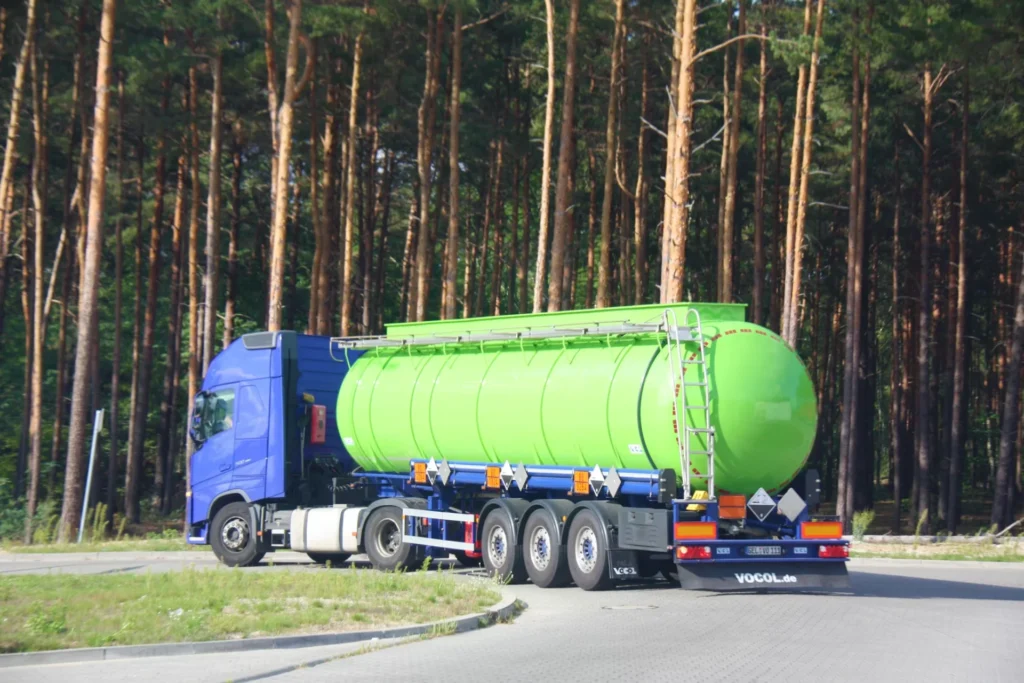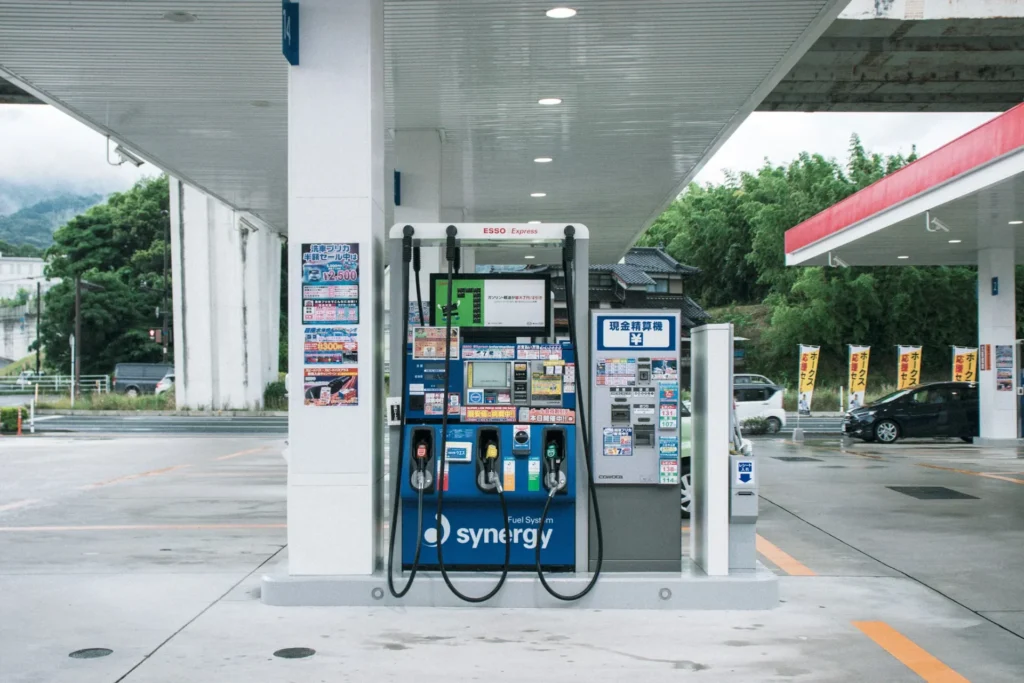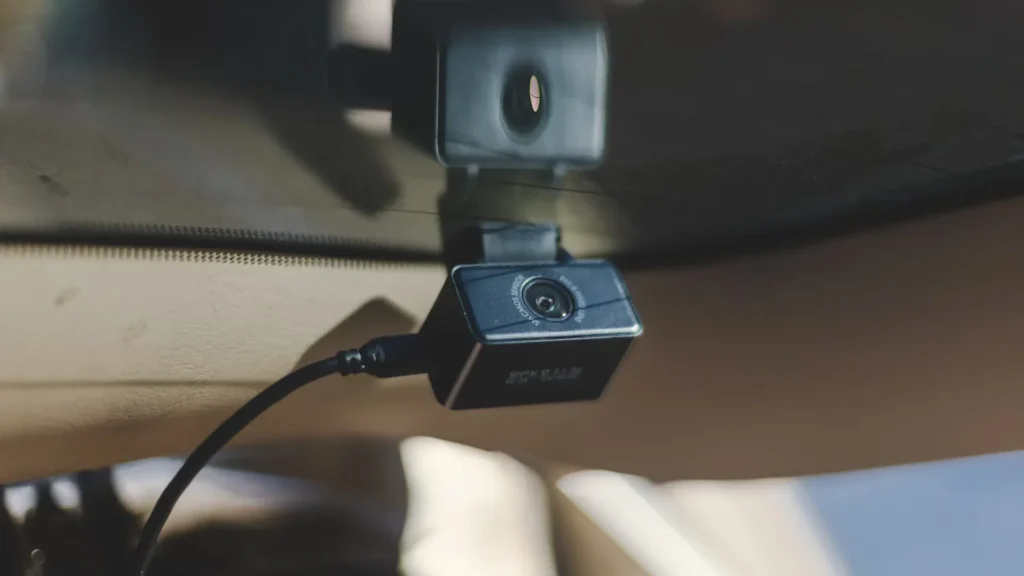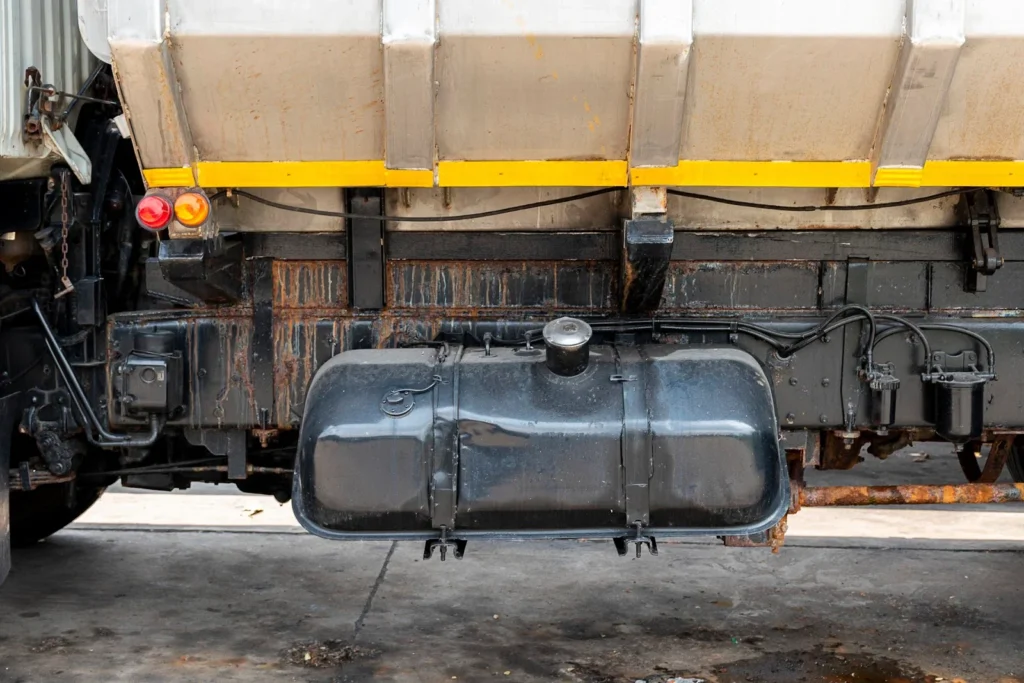Disclaimer: The information provided in this article is for general informational purposes only. It does not constitute legal, financial, or professional advice. Always consult with a qualified expert or legal advisor regarding your specific situation, especially in matters involving theft, insurance claims, or compliance with local regulations.
Diesel fuel theft is becoming a bigger problem in the USA. With fuel prices climbing and thieves getting smarter, protecting your rig is more important than ever. The trucking industry is growing fast – about 3.5% annually through 2025. That means more trucks on the road and, unfortunately, more targets for thieves.
Let’s break down what’s happening, the hidden costs of theft, and how you can keep your diesel safe.
1. Why Diesel Fuel Theft Is on the Rise
You’ve probably noticed how expensive diesel has gotten. In 2024, prices averaged $4.50 to $5.00 per gallon. Thieves see this as an opportunity. According to a Fox4 News report, organized crime rings are increasingly involved in diesel theft, using GPS trackers and fake delivery scams to steal thousands of gallons at a time.

The numbers don’t lie. According to the National Insurance Crime Bureau (NICB), theft prevention efforts in the trucking industry have increased by 22% in states like Texas, California, and Florida. Fleet operators are losing around 1 billion annually. For individual truckers, a single theft can cost $ 800 to $1,200. And that’s just the start of the trouble.
2. The Hidden Costs You Might Not See
Losing fuel is bad enough, but the real costs go deeper. If your truck runs out of diesel on the road, you’re losing time. Downtime can cost fleets up to $750 per day. Repairs for damaged fuel tanks or lines? More $300 to $700.
There are other risks, too. Spilled fuel from tampered tanks can lead to environmental hazards. This might mean fines under laws like the Clean Water Act. If the spill causes an accident or damages property, you could face lawsuits.
3. How Thieves Are Stealing Diesel in 2024
Thieves are getting smarter. Some use portable pumps to drain tanks quickly. Others drill into bulk storage tanks at construction sites or depots. Fake delivery scams are also on the rise. Criminals pose as legitimate drivers to intercept shipments or steal from unattended tanks.

Technology is being used against truckers, too. Some thieves place GPS trackers on rigs to monitor routes. In a few cases, hackers have targeted innovative fuel monitoring systems. They disable alarms or manipulate data to cover their tracks. These new tactics make theft harder to prevent.
4. How to Keep Your Diesel Safe
So, how do you protect yourself? Start with the basics. Use locking fuel caps and anti-siphon devices. These make it harder for thieves to access your tank. If you want extra security, consider adding a fuel tank cage or an armored shield.
Technology can help, too. GPS trackers let you monitor your rig in real time. Innovative fuel monitoring systems like FuelCloud or SkyBitz send alerts if they detect unusual drops in fuel levels. Some companies are even using AI to spot patterns in fuel usage that might signal theft.

Where you park matters; always stop in secure, well-lit areas with safety cameras, like monitored truck stops. Position your truck so the fuel tank is against a wall or another vehicle.
Finally, think about your fuel itself. Adding dye markers or unique additives can help trace stolen fuel back to you. Working with a trusted supplier who offers diesel fuel delivery services can reduce trips to the pump and lower the risk of theft.
5. What’s New in Diesel Theft Prevention
In 2024, some incredible innovations are helping fight theft. Bright fuel tanks with sensors and alarms notify you instantly if someone tampers with your tank. Blockchain technology is also being used to create transparent records of fuel transactions, making fraud more challenging.

Drones are another tool that fleets are starting to use. They’re great for monitoring remote parking areas or storage facilities. AI-powered software is getting better at analyzing fuel consumption patterns to catch anomalies. These technologies are making it harder for thieves to operate unnoticed.
6. What to Do If You’re a Victim
If you fall victim to protecting your fuel supply, act fast. Start by filing a police report. Include details like where and when the theft happened and how much fuel was stolen. Next, notify your insurance provider. Document any damage to your vehicle or equipment to help with repairs and claims.
Once the immediate issue is handled, take steps to prevent future theft. Upgrade your security measures. Install cameras, invest in monitoring systems, or change where you park. Every little bit helps.
7. The Bigger Picture: Industry Trends
It’s not just individual truckers fighting this battle. Industry groups and lawmakers are stepping up. The American Trucking Associations (ATA) is working with law enforcement to develop strategies to combat theft. States like Texas and California have introduced stricter penalties, including fines of up to $10,000 and jail time for repeat offenders.
Publicity campaigns are starting to gain more attention. Organizations like Truckers Against Trafficking (TAT) are educating drivers about theft prevention. They encourage reporting suspicious activity. It’s all part of a larger effort to make diesel theft less profitable and more difficult.
For truckers navigating unfamiliar routes, tools like a reliable trucker navigation app can help avoid risky areas where theft is more likely. These apps often include real-time updates on safe parking spots and theft hotspots, giving drivers peace of mind.
Diesel fuel theft is still a costly problem that affects everyone in the trucking industry. By understanding the risks and taking steps to protect your rig, you can avoid becoming a victim.












